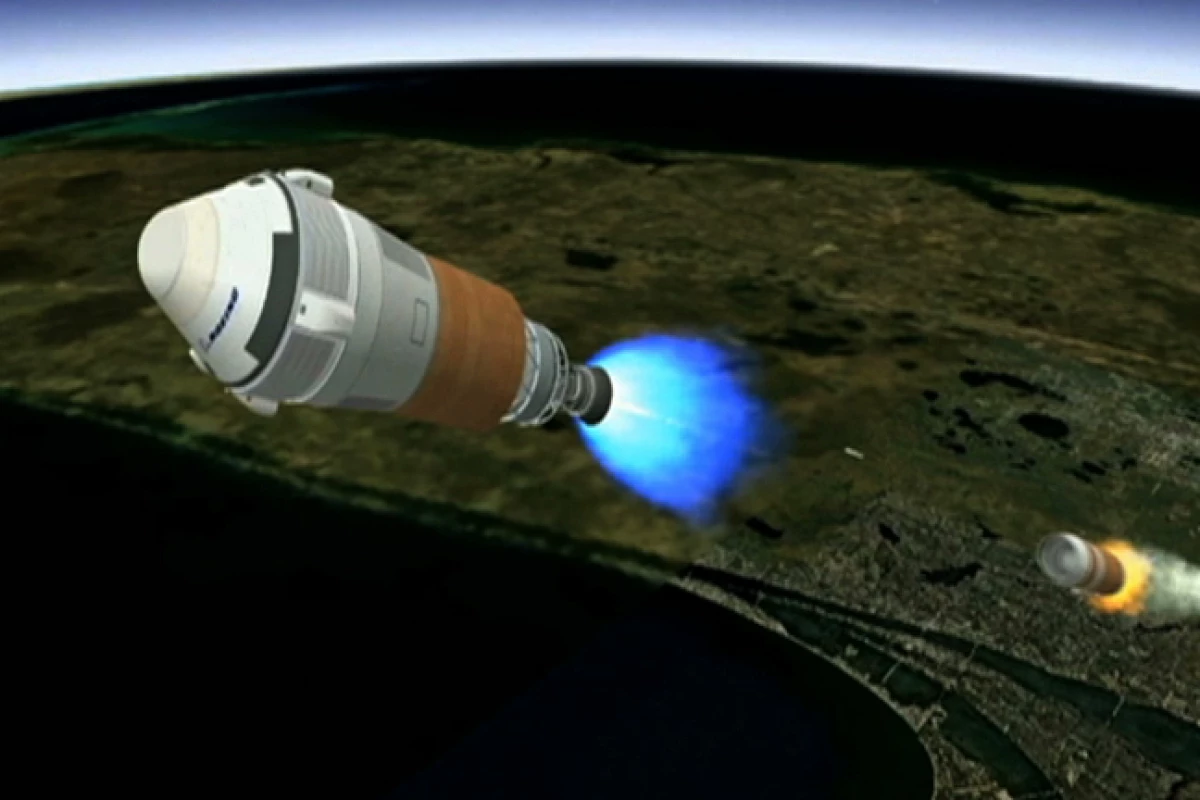Boeing announced on Friday that the preliminary design review for the Launch Vehicle Adapter (LVA) for the Crew Space Transportation (CST)-100 spacecraft has been successfully completed. This is the third milestone completed by Boeing under NASA’s Commercial Crew Integrated Capability (CCiCap) agreement, the purpose of which is to develop a privately owned and operated U.S. replacement for the Space Shuttle to ferry crew to and from the International Space Station (ISS).
The LVA is used to attach the manned CST-100 spacecraft to the Atlas V rocket that will send it into orbit. Designed by United Launch Alliance (ULA), who also build the Atlas V, the LVA’s design review comes after the CST-100 passed two CCiCap milestones earlier this year and its completion means that detailed engineering of the adapter can proceed with flight testing of the CST-100 spacecraft scheduled for 2016.

“This review was an outstanding integrated effort by the Boeing, ULA and NASA teams,” said John Mulholland, vice president and program manager of Boeing Commercial Crew Programs. “It sets the baseline for us to proceed to wind tunnel testing and the launch segment review in June.”
The LVA’s passing of this milestone is an important step because the adapter is more than just a way of fitting the CST-100 to the Atlas V. Such adapters often include a complex collection of explosive bolts, retro rockets, and equipment packages designed to ensure that the adapter separates from both the rocket and the spacecraft without banging into either or presenting a threat of producing space debris.
Source: Boeing







